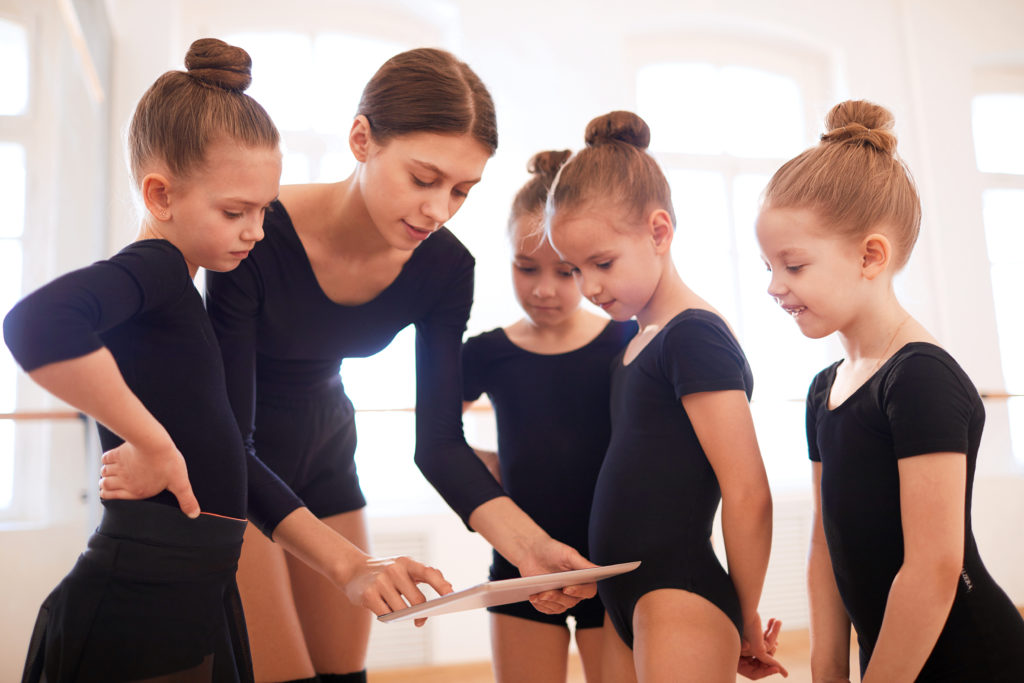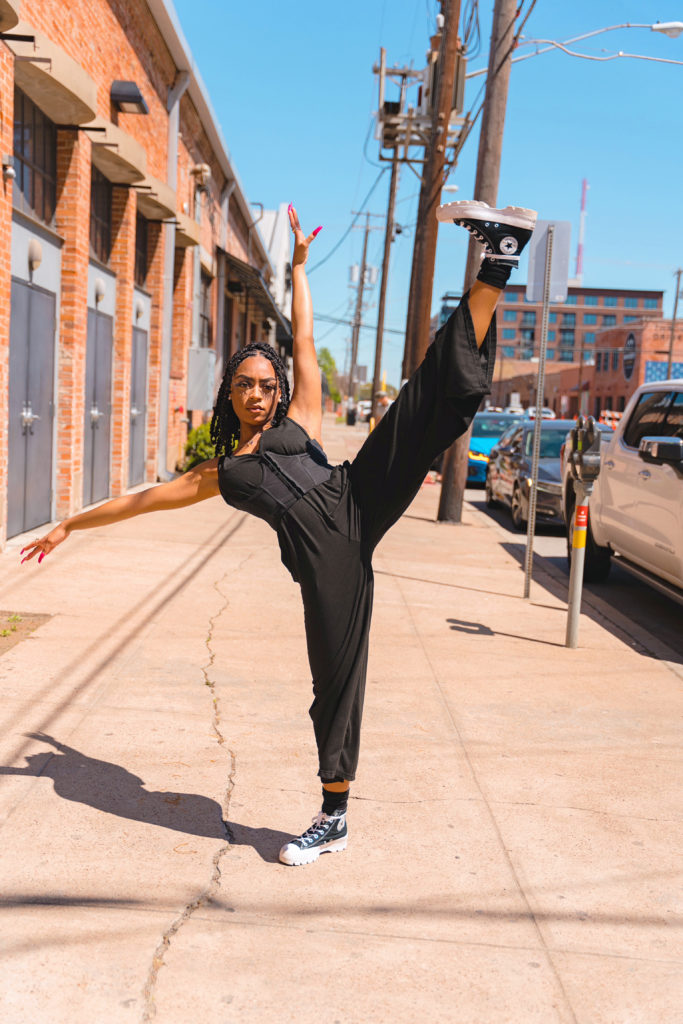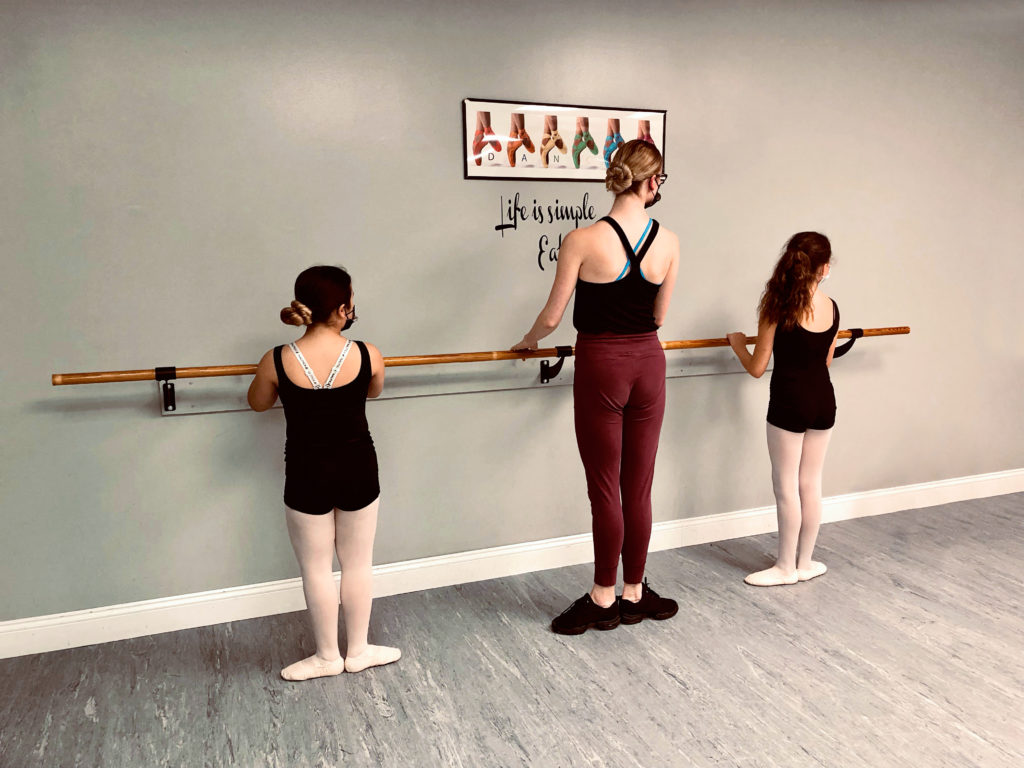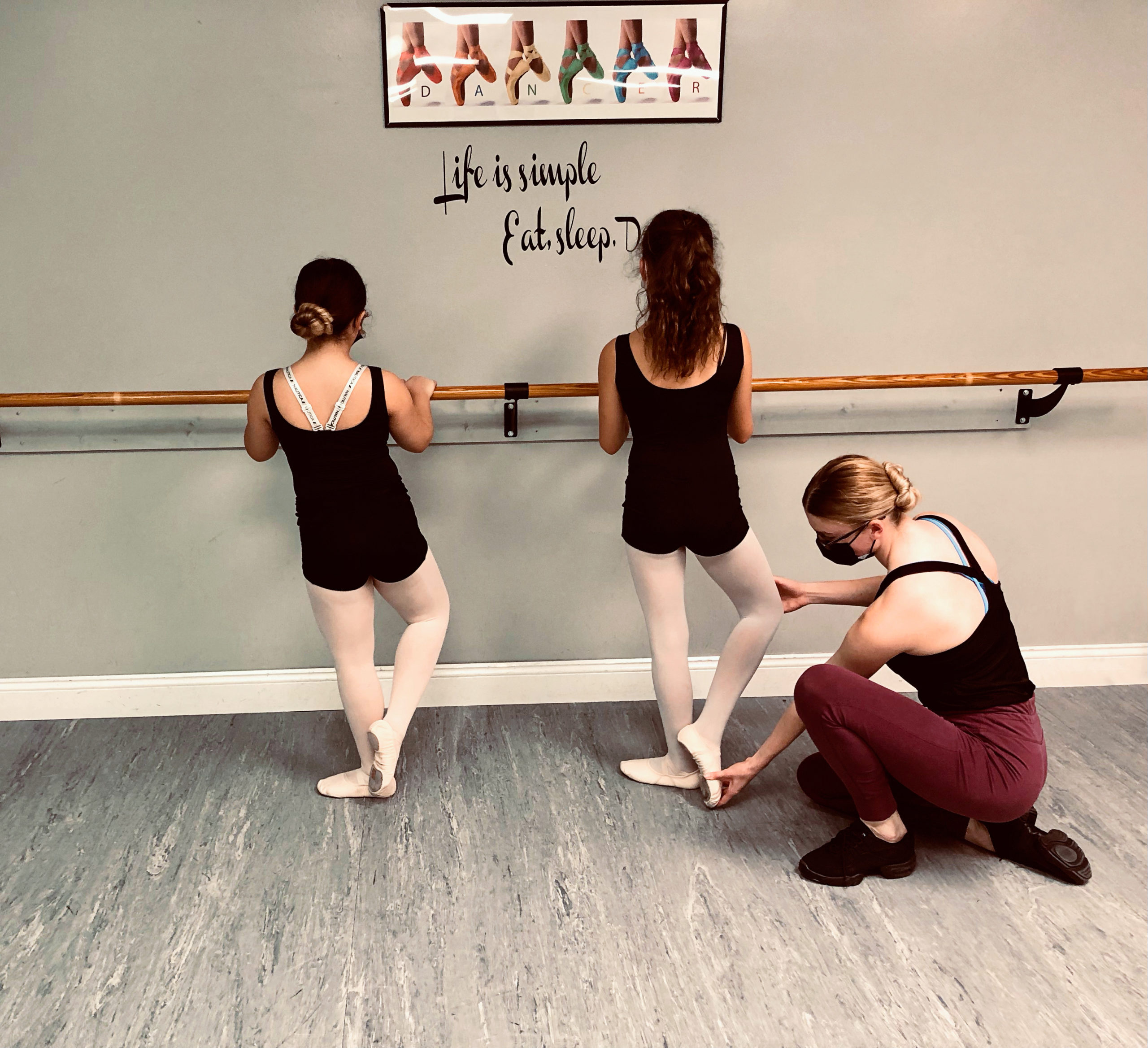Considering a Career in Teaching? Here Are Some Paths to Getting Started
For many dancers, teaching is the inevitable endpoint after a rich performing career. For others, it’s the ultimate dream job. Whether it’s because you’re passionate about dance and want to pay it forward, need supplemental work as you pursue your performance career, or something else entirely, there are many valid and noble reasons to choose to teach.
However, it can be daunting to figure out how to get started, what the ideal trajectory is and even whether or not it’s right for you. And while you acquire many skills during your ballet training that translate well to teaching, a talented dancer doesn’t necessarily make for a gifted instructor. As you consider ballet pedagogy, take note of the following ways to build your teaching skills, find opportunities and set out on a career path.
Learning on the Job
One of the best ways to get started is to simply dive in. Unlike yoga or Pilates, many dance studios don’t require a teaching certification, so it is much easier to obtain those jobs if you have a solid ballet background and the skills (such as projecting confidence and communicating clearly) to deliver.
That’s how Amanda Whitehead, a former Washington Ballet dancer and current PhD in dance candidate at Temple University, got started. After taking class and networking at a local dance studio in Berkeley, California, she was asked by the program director to take over some pre-ballet classes. “That’s often how it goes,” she laughs. “Zero-teaching-experience dancer with some knowledge of ballet gets thrown in with tiny people.”

Though this is how many teachers get their start, it comes with challenges. Without prior experience, coursework or mentorship, you’ll need to figure out how to prep classes, break down steps effectively and manage class pacing on your own and in real time. The learning curve will be steeper for you and the stakes will be higher for your students.
Mentorship
A mentor can help. Whitehead admits she was “really bad” at teaching at first, but that swiftly changed when she acquired a mentor, longtime K–12 dance teacher Ruth Bossieux. “Ruth started coming to my classes. She could see what was happening and offer advice on what was needed,” Whitehead says. Bossieux suggested helpful activities and exercises for engaging students and ideas for smoother transitions, in addition to other invaluable advice.
Similarly, Southern Methodist University dance major Caeli Blake shadows Michelle Hall at Booker T. Washington High School for the Arts as part of the requirements for her second major, in education and human development. “It’s helping me to see the type of teacher I want to be,” she says. Blake values instructors who recognize and set aside their biases, teaching to both the whole student and the whole class. “Coming into class and really not having any judgment,” she says.

Whether it’s shadowing a teacher, assisting in a class or inviting an experienced teacher to watch you, mentorship is one of the best ways to develop your teaching skills and potentially get your foot in the door for future opportunities.
Certification
Though certification isn’t always required, a supplemental certificate may be essential for positions in ballet schools and conservatories rooted in specific styles, such as RAD. It really depends on the type of teaching you want to do in the type of setting you want to do it in. If you strongly sense that you want to work within a specific ballet idiom, a certification program may make sense. If you’re unsure, getting on-the-job experience first may be a better bet so you can zero in on your pedagogical priorities.
Whitehead, who is certified in the ABT National Training Curriculum, found that working within a methodical, codified system gave her an excellent structure for planning lessons. “Working within a curriculum like that can give you really concrete tools for problem-solving,” she says. Teaching tools and techniques, vocabulary, corrections and ways to scaffold the material for different learners are often built into these programs, so there is less trial and error on your part.
College Degrees
Like certification, a degree in ballet or dance education isn’t required for many teaching jobs, unless you’re interested in working in higher education or K–12 public schools. But majoring in dance pedagogy can offer immense insight into your craft as both a dancer and a teacher.
Felicia Sotti, who graduated in May with a BFA in ballet pedagogy from The University of Hartford, has found her college experience invaluable. She is currently an apprentice with Ballet Hartford and also teaches at local studios. “As a freshman, I wasn’t sure if having a degree that said ‘pedagogy’ might hinder me in some way as a performer,” Sotti says. “However, if anything, the pedagogy major just enhanced my dancing.”

Sotti danced just as much as other dance majors, but took more pedagogy classes and additional requirements, like a music course and an internship. The university setting gave her a structured and nurturing environment to develop her teaching skills and network locally while still pursuing her passion for performing. Now, she says, her teaching helps her to be a more observant, receptive and hard-working company member, while her company experiences inspire her to bring excellence into her own classes.
Professional Considerations
Having an idea about what age groups or levels you want to work with and the setting you want to work in will help you determine what kind of training you need to get started. The journey from ballet student to youth teacher at your local rec center will look a lot different than becoming a professor at a university. Talk to your teachers and mentors about their experiences and ask to shadow those who work with different ages and populations to get a sense of what may work best for you.
Be open to opportunities, and do your research, too. And whatever route you choose, don’t be afraid to ask for help. “As a teacher in dance classrooms, we’re so often alone, but collectively we know so much,” says Whitehead.





